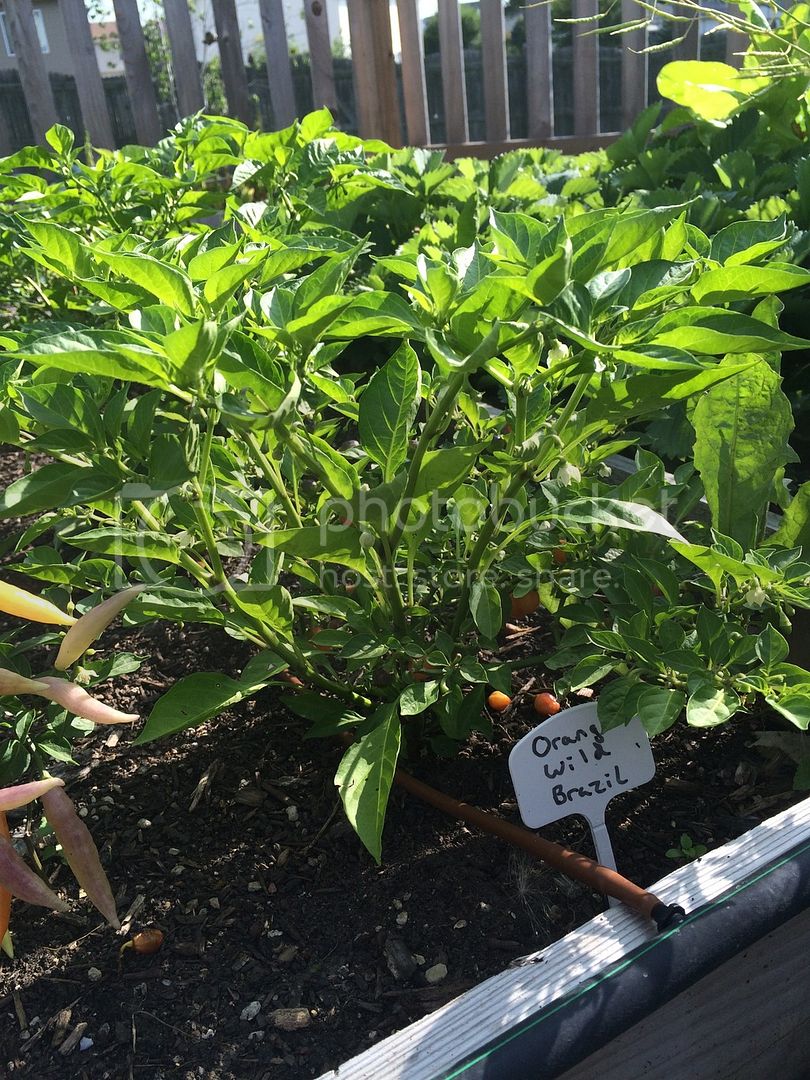Dude...love your reviews. I don't know how I've missed them so far but I watched 3 of them today. I love that you give very objective, factual statements as you endure these things. So many other videos are guys just trying to keep their shi7 together while you are trying to give the facts and details---and oh by the way, keeping your shi7 together.
On top of them being helpful and informational, it is just as entertaining to watch the pain set in and you so casually explain it.
Do you ever do ornamentals and other varieties or just the superhots?
On top of them being helpful and informational, it is just as entertaining to watch the pain set in and you so casually explain it.
Do you ever do ornamentals and other varieties or just the superhots?

